-
Courses

Courses
Choosing a course is one of the most important decisions you'll ever make! View our courses and see what our students and lecturers have to say about the courses you are interested in at the links below.
-
University Life

University Life
Each year more than 4,000 choose University of Galway as their University of choice. Find out what life at University of Galway is all about here.
-
About University of Galway
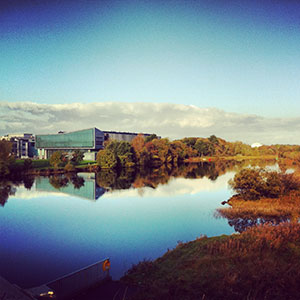
About University of Galway
Since 1845, University of Galway has been sharing the highest quality teaching and research with Ireland and the world. Find out what makes our University so special – from our distinguished history to the latest news and campus developments.
-
Colleges & Schools

Colleges & Schools
University of Galway has earned international recognition as a research-led university with a commitment to top quality teaching across a range of key areas of expertise.
-
Research & Innovation
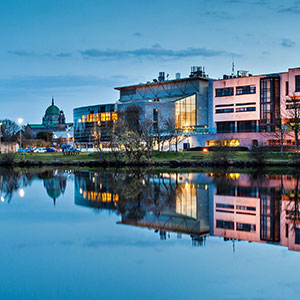
Research & Innovation
University of Galway’s vibrant research community take on some of the most pressing challenges of our times.
-
Business & Industry
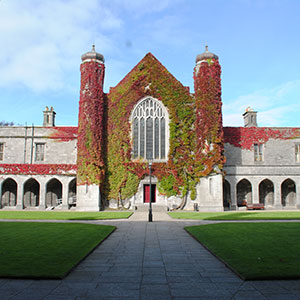
Guiding Breakthrough Research at University of Galway
We explore and facilitate commercial opportunities for the research community at University of Galway, as well as facilitating industry partnership.
-
Alumni & Friends
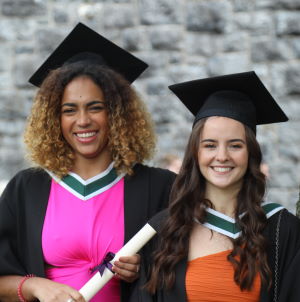
Alumni & Friends
There are 128,000 University of Galway alumni worldwide. Stay connected to your alumni community! Join our social networks and update your details online.
-
Community Engagement
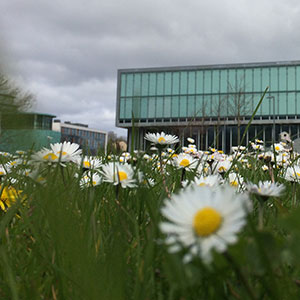
Community Engagement
At University of Galway, we believe that the best learning takes place when you apply what you learn in a real world context. That's why many of our courses include work placements or community projects.
November New study shows critical role of satellites in climate adaptation
New study shows critical role of satellites in climate adaptation
Friday, 14 November 2025
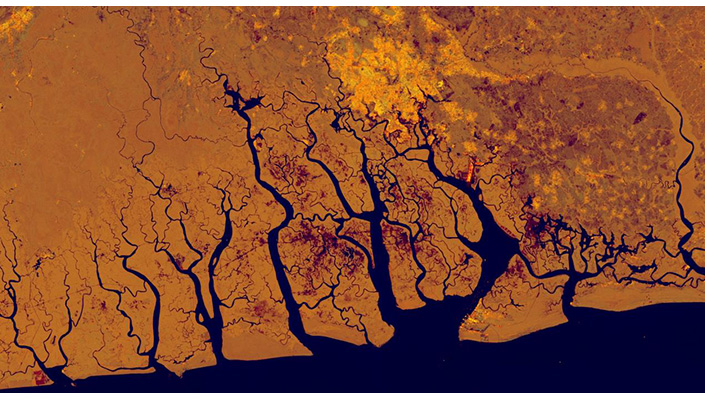
Synthetic aperture radar (SAR) image of the Niger Delta, centered on Rivers State, captured by Sentinel-1 in January 2024. The state capital, Port Harcourt, appears in bright orange in the upper centre, while pollution-induced deforestation is visible in the dark burnt-orange regions. This imagery underscores the scale of ecological damage in one of Nigeria’s most impacted areas. Credit: Jemima O'Farrell, University of Galway.
Satellite-based Earth observation provides a unique and powerful tool in tracking climate adaptation, an international study involving University of Galway researchers has shown.
A team at the University’s Ryan Institute is helping to pioneer new methods of combining data recorded from space with artificial intelligence to measure actions that help communities, ecosystems and infrastructure adjust to current and future climate impacts in the global agrifood sector.
The science behind it allows assessments of even the most remote agricultural regions in the world, where ground measurements are sparse or too challenging.
The findings feature in a European Space Agency (ESA)–led study, published this week in npj Climate and Atmospheric Science to coincide with COP30.
The researchers mapped the potential for Earth observation in supporting different targets in the framework for the Global Goal on Adaptation (GGA), a key action under the Paris Agreement from 2015, which aims to enhance resilience and reduce vulnerability to climate impacts.
Their analysis found that many of the most critical changes to climate, known as Essential Climate Variables (ECVs), can be directly used to understand and support climate adaptation action. Focusing on four key sectors – agriculture, biodiversity, extreme events and health – the study reveals how space-based data offers something no other monitoring system can provide: truly global coverage with objective and repeatable measurements spanning up to 60 years.
Professor Aaron Golden, research team leader at the University’s Ryan Institute and co-author of the study, said: “The analysis highlights the vital and unique role satellites play in supporting the Paris Agreement’s Global Goal on Adaptation. The knowledge capability of consistent, long-term observations offers policymakers tools to measure progress and identify regions at risk.”
The research team highlighted concrete applications of earth observation science across four key themes:
- Agriculture: satellites monitor water productivity, irrigation efficiency, and crop migration patterns.
- Biodiversity conservation: platforms like Global Mangrove Watch and Global Forest Watch provide crucial geospatial information on ecosystem extent and changes.
- Extreme events: satellites characterise flood extent, drought anomalies and urban heat islands at scales impossible with ground-based stations alone.
- Health sector: Earth observation data on land surface temperature and air quality inform heat exposure assessments and disease outbreak forecasting.
Dr Sarah Connors, Climate Applications Scientist at ESA, the study's lead author said: "Earth observation data should be considered as an integral part of the Global Goal on Adaptation indicators. Our research demonstrates that satellite data can inform adaptation tracking across many sectors, but it must be integrated into the indicator framework from the outset – as experience with the Sustainable Development Goals shows, it’s much harder to introduce later."
Professor Frances Fahy, Director of the University of Galway's Ryan Institute, said: "This research exemplifies the world-class, impact-driven research emerging from the Ryan Institute and our growing Geospatial Centre. By using satellite Earth observation data to better understand and track global climate adaptation, Professor Golden’s work reinforces the vital role that cutting-edge interdisciplinary research plays in addressing the climate crisis and shaping international climate policy."
Professor Golden added: "I am delighted the impact our research in quantifying climate adaptation in food production using AI and earth observation data has had in providing a direct means of linking facts on the ground, anywhere on the planet, to the Paris Agreement's Global Goal on Adaptation indicators."
The full study, published in npj Climate and Atmospheric Science, is available at https://www.nature.com/articles/s41612-025-01251-1.
Ends
Keywords: Press.
Author: Marketing and Communications , NUI Galway
« Back
Related news
17 December 2025
Irish academic appointed Chief Scientist of Food and Agriculture Organization of the UN
16 December 2025
Student awarded inaugural A.Menarini scholarship for diabetes research
15 December 2025
All-Ireland Peatlands Centre of Excellence launched
12 December 2025
Researchers unlock secrets of spinal disc degeneration
10 December 2025
University’s Institute for Clinical Trials wins 2025 Collaboration in Medtech Award















